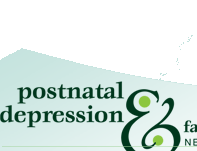|
Duration: Recurrent unexpected Panic Attacks and at least one of the attacks has been followed by 1 month (or more) of one (or more) of the following :
- persistent concern about having additional attacks
- worry about the implications of the attack or its consequences (e.g., losing control, having a heart attack, going crazy)
- a significant change in behaviour related to the attacks
Agorophobia: Panic Disorder is made as a diagnosis with, or without, Agorophobia where there is avoidance of situation(s) in which recurrence of a panic attack is feared. These situations commonly include being home alone, supermarkets or crowded places.
Exclusion Features:
- the Panic Attacks are not due to the direct physiological effects of another illness or a substance or
- the Panic Attacks are not better accounted for by another mental disorder, such as Social Phobia (e.g., occurring on exposure to feared social situations),
|






